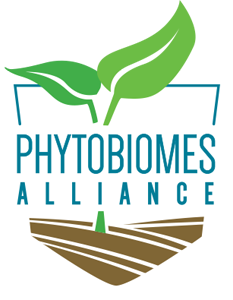
Plant Phenotyping – Technologies and Targets
March 13, 2024
Organized in collaboration with
Location
Online
Presenters
Uli Schurr, Forschungszentrum Jülich, Germany
Outline
Quantitative analysis of structure and function of plants has become the major bottleneck in basic research and applied use of plants. Significant interdisciplinary approaches have been started within recent years to establish research infrastructure able to quantitatively assess relevant traits under controlled and field conditions complemented by data and modelling application. The overarching goal is to understand the dynamic interactions between genetic constitution, molecular and biochemical processes with physiological responses leading to the development of phenotypes and translate this understanding into applications in breeding or agricultural management.
Advanced phenotyping facilities include often high-resolution measurements e.g. in tomographic measurements, high-throughput facilities are equipped with specialized imaging systems that allow non-invasive trait assessment in fully automated facilities that can simulate complex environmental conditions. Intensive field sites provide opportunities to analyse crop in depth, e.g. by allowing simulation of future climate conditions. Mobile field systems, e.g. using unmanned aerial vehicles (UAVs) with a variety of sensors, become available and allow breeders to monitor genotype performance in breeding plots and farmers to utilize these technologies for precision crop management and bringing scales from single plants to ecosystem level.
References:
- Pieruschka R, Schurr U. Plant Phenotyping: Past, Present, and Future. Plant Phenomics. 2019 Mar 26;2019:7507131. doi: 10.34133/2019/7507131. PMID: 33313536; PMCID: PMC7718630.
- Watt M, Fiorani F, Usadel B, Rascher U, Muller O, Schurr U. Phenotyping: New Windows into the Plant for Breeders. Annu Rev Plant Biol. 2020 Apr 29;71:689-712. doi: 10.1146/annurev-arplant-042916-041124. Epub 2020 Feb 25. PMID: 32097567
